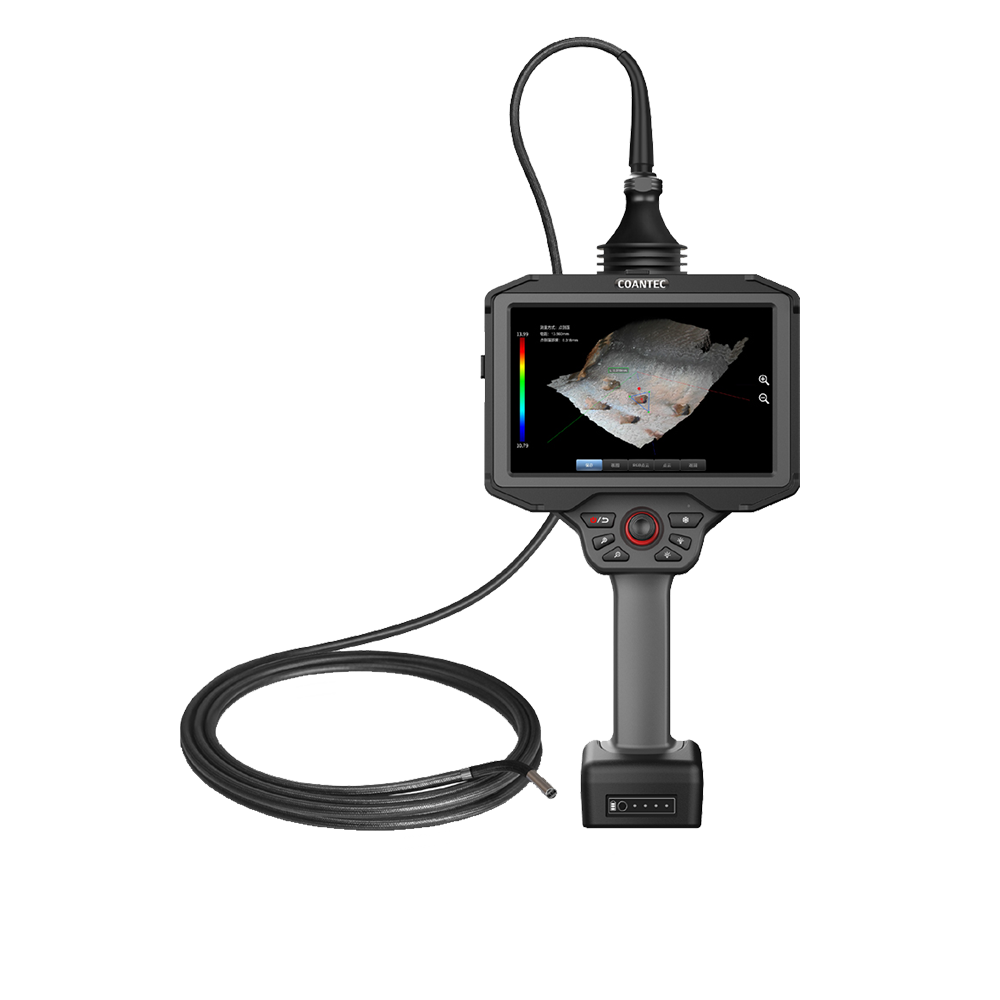
Modern industries, healthcare, and DIY maintenance rely heavily on inspection tools to save time, reduce costs, and improve accuracy. One of the most practical innovations in this field is the endoscope camera with light.
An endoscope camera with light enables professionals and hobbyists to see inside narrow, dark, and hard-to-reach spaces by combining a flexible probe, a high-resolution camera, and built-in LED illumination. Whether you’re inspecting engines, pipelines, electrical conduits, or home plumbing, this tool provides real-time visibility without the need for dismantling equipment.
This article explores what makes an endoscope camera with light essential, its applications across industries, features to consider when buying one, and future innovations.
What is an Endoscope Camera with Light?
An endoscope camera with light is a small, flexible or rigid camera system equipped with:
A probe (cable or tube) that can be inserted into tight spaces.
A miniature camera for capturing images and videos.
LED lights for illuminating dark inspection areas.
A display screen or smartphone connectivity for real-time monitoring.
The integrated lighting system is critical. Without it, inspections in confined areas like pipes, car engines, or wall cavities would be nearly impossible.
Why Use an Endoscope Camera with Light?
1. Enhanced Visibility
Built-in LED lights provide bright, adjustable illumination to capture clear visuals.
2. Non-Invasive Inspections
Check internal components without dismantling entire systems.
3. Cost and Time Efficiency
Identify issues early to prevent costly breakdowns.
4. Versatility
Useful in automotive, plumbing, medical, and industrial applications.
5. Improved Accuracy
High-resolution imaging combined with lighting ensures precise diagnostics.
Applications of Endoscope Cameras with Light
Automotive Industry
Inspecting engine cylinders, pistons, valves, and spark plugs.
Checking exhaust systems for blockages.
Diagnosing turbocharger damage.
Plumbing and HVAC
Examining pipes, drains, and air ducts.
Detecting clogs, leaks, and corrosion.
Inspecting water heaters and furnaces.
Electrical and Construction
Inspecting conduits and wiring inside walls.
Checking structural integrity of endoscope camera with light buildings.
Detecting hidden water damage.
Industrial Manufacturing
Monitoring gearboxes, pumps, and turbines.
Performing quality control on production lines.
Inspecting welds and joints in machinery.
Healthcare (Non-Medical Grade Endoscopes)
Veterinary use for animal care.
Dental inspections.
Educational and training demonstrations.
Key Features to Look for in an Endoscope Camera with Light
When buying an endoscope camera with light, consider the following:
Resolution – Higher megapixel cameras provide sharper images.
LED Brightness – Adjustable lighting ensures visibility in various environments.
Probe Length & Diameter – Must fit the inspection area’s size and depth.
Waterproofing – Essential for plumbing and industrial inspections.
Connectivity – Options include Wi-Fi, USB, or direct monitor display.
Battery Life – Long-lasting power for extended inspections.
Recording Capability – Store photos and videos for reports.
Types of Endoscope Cameras with Light
Rigid Endoscopes – Durable, used for straight-line inspections.
Flexible Endoscopes – Ideal for navigating complex pathways.
Video Endoscopes (Videoscopes) – Digital models with real-time video recording.
Wireless Endoscopes – Connect to smartphones via Wi-Fi or Bluetooth.
Benefits of Using an Endoscope Camera with Light
Prevents downtime in industries by catching issues early.
Improves safety by avoiding risky dismantling.
Portable and user-friendly, making it accessible to professionals and DIY users.
Documentation support with video/photo storage.
Adaptable for multiple industries, from automotive to energy.
How to Use an Endoscope Camera with Light Effectively
Adjust LED brightness according to inspection environment.
Insert probe slowly to avoid damage.
Record visuals for later analysis.
Use waterproof probes for plumbing inspections.
Regularly clean and maintain the device for durability.
Endoscope Camera with Light vs. Traditional Inspection Methods
Feature Endoscope Camera with Light Traditional Inspection
Accessibility Easy in tight spaces Limited
Lighting Built-in adjustable LEDs External sources needed
Cost Efficiency Low maintenance, reusable Often requires dismantling
Accuracy High-resolution imaging Dependent on manual effort
Safety Non-invasive Risky and time-consuming
Future Trends in Endoscope Cameras with Light
4K imaging and ultra-HD video recording
AI-powered defect recognition
5G wireless streaming for remote inspections
Micro-sized probes for precision work
Integration with AR/VR for training and analysis
Maintenance Tips
Clean the lens after every use.
Avoid bending flexible probes too much.
Store in a protective case.
Recharge batteries before long inspections.
Regularly update software (for smart/wireless models).
Conclusion
An endoscope camera with light is a game-changer for inspection and maintenance across industries. Its ability to illuminate dark areas, capture high-resolution images, and provide non-invasive diagnostics makes it indispensable.
From automotive repair to industrial maintenance and even DIY plumbing tasks, this versatile tool saves time, reduces costs, and ensures precision. Investing in a reliable endoscope camera with light not only boosts efficiency but also enhances safety and long-term equipment performance.